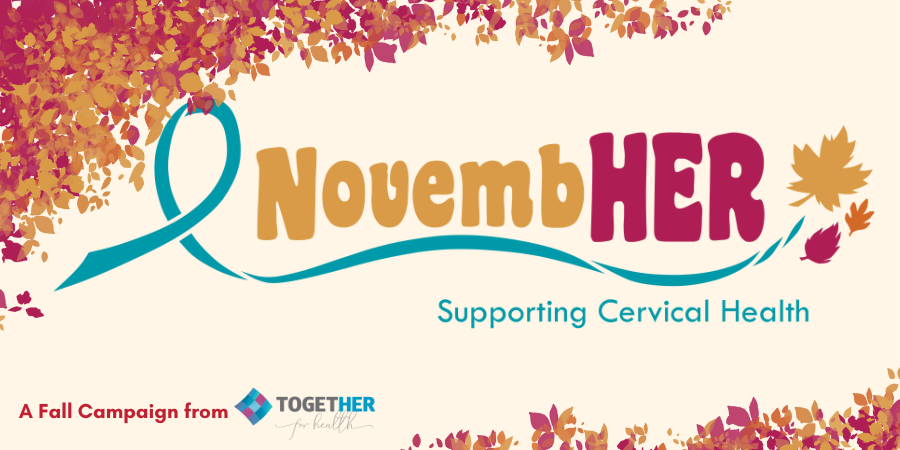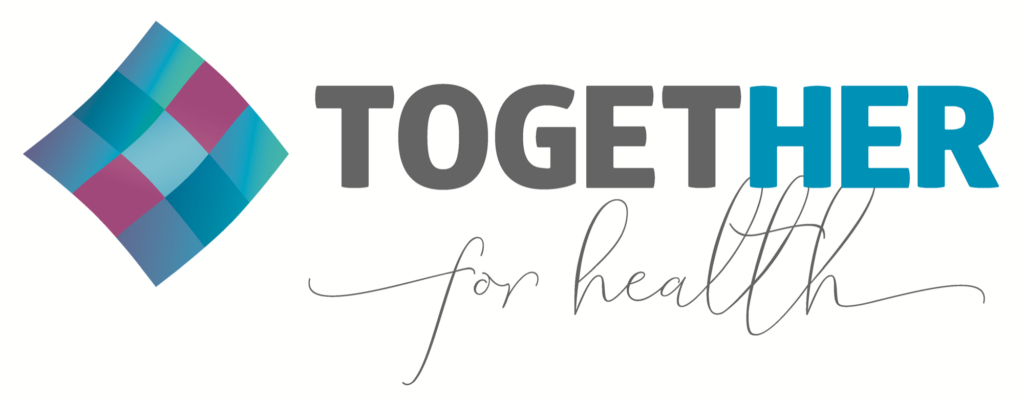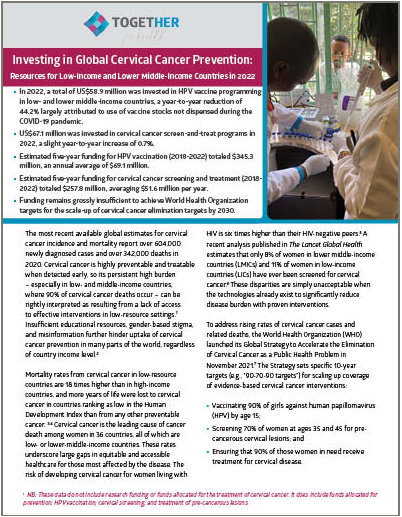Diagnosing the Health of the Cervical Cancer Elimination Effort
16 November, 2023
This week marks the third anniversary of the launch of the Global strategy to accelerate the elimination of cervical cancer as a public health problem by the World Health Organization (WHO). This groundbreaking strategy is built on three pillars, three global scale-up targets which, once achieved, will lead to drastic reductions in the number of women diagnosed with and dying from this preventable cancer:
- 90% of girls fully vaccinated with HPV vaccine by age 15 years.
- 70% of women are screened with a high-performance test by 35 years of age and again by 45 years of age
- 90% of women identified with cervical disease receive treatment (90% of women with precancer treated, and 90% of women with invasive cancer managed).
We encourage you to join the global commemoration of this inspiring undertaking as part of WHO’s Cervical Cancer Elimination Day of Action. In the meantime, we’d like to present some brief reflections of our own.
Diagnostics are a key element of the second pillar of the WHO cervical cancer elimination strategy – and something on which we at TogetHER spend a lot of time focusing. Effectively diagnosing precancerous lesions is a critical step toward their safe removal before they can develop into invasive cancer of the cervix.
We’d like to focus on a different type of diagnostic TogetHER initially launched five years ago: our annual analysis of funding for cervical cancer prevention programs in low-income countries (LICs) and lower middle-income countries (LMICs). We see this data as one metric of the global elimination effort’s health and, like the more traditional type of health diagnostic, a useful means to influence the steps necessary to ensure a better outcome going forward.
This year’s report focuses on 2022 data and the overall five-year trends. Some key takeaways:
- US$67.1 million was invested in cervical cancer screen-and-treat programs in 2022, a slight year-to-year increase of 0.7%. Estimated five-year funding for cervical cancer screening and treatment (2018-2022) totaled $257.8 million, averaging $51.6 million per year.
- In 2022, a total of US$58.9 million was invested in HPV vaccine programming in low- and lower middle-income countries, a year-to-year reduction of 44.2% largely attributed to use of vaccine stocks not dispensed during the COVID-19 pandemic. Estimated five-year funding for HPV vaccination (2018-2022) totaled $345.3 million, an annual average of $69.1 million.

Interpreting this data requires an understanding of the context. The large drop in funding for HPV vaccination in many ways reflects effective stewardship of resources by Gavi, the Vaccine Alliance, whose programs utilized unused vaccines procured during the first two years of the COVID-19 pandemic, meaning a reduced need to purchase new vaccines in 2022. Strong commitments by Gavi and its funders to revitalize vaccination campaigns point to rebounding funding in the coming years.
As for screening for and treatment of cervical abnormalities in LICs/LMICs, the context around 2022’s essentially flat year-to-year funding level offers more uncertainty as significant funders such as USAID and Unitaid both concluded programs in 2022 or were in the process of winding down significant multi-year commitments. While there is confidence that funding for cervical cancer screening and treatment through the United States President’s Emergency Plan for AIDS Relief (PEPFAR) will continue at some level, a reduction in bipartisan support for PEPFAR casts a dark shadow on the most prominent funding stream for these lifesaving programs in LICs/LMICs.
Beyond the numbers, the primary diagnosis stemming from this year’s analysis remains essentially unchanged from prior years: Resources are nowhere near where they need to be to support scale-up of the three pillars of the WHO’s cervical cancer elimination strategy. As long as this situation persists, women will die needlessly from a cancer we have the means to prevent.
So what course of action would our diagnosis suggest to ensure a healthier global effort to eliminate cervical cancer?
We’re heartened by new efforts to accelerate momentum toward elimination. New partnerships – including the Global HPV Vaccine Consortium, the HPV Vaccine Acceleration Program Partners Initiative (HAPPI) Consortium, and the Asia Pacific Women’s Cancer Coalition – launched in 2023 to take on some of the most pressing global and regional barriers standing in the way of achieving the elimination pillars. And new voices – including the nearly 19,000 signatories backing the Global Declaration to Eliminate Cervical Cancer launched this year – could be instrumental in generating necessary political and financial support.
Data on global funding for cervical cancer prevention presents an unclear picture, but the wider context suggests a growing sense of opportunity, with a larger and more diverse cadre of partners engaging in the effort to eliminate this preventable cancer. As we enter the fourth year since the launch of WHO’s strategy, we’re optimistic that our funding ‘diagnostic’ will signal a healthier prognosis in years to come.


